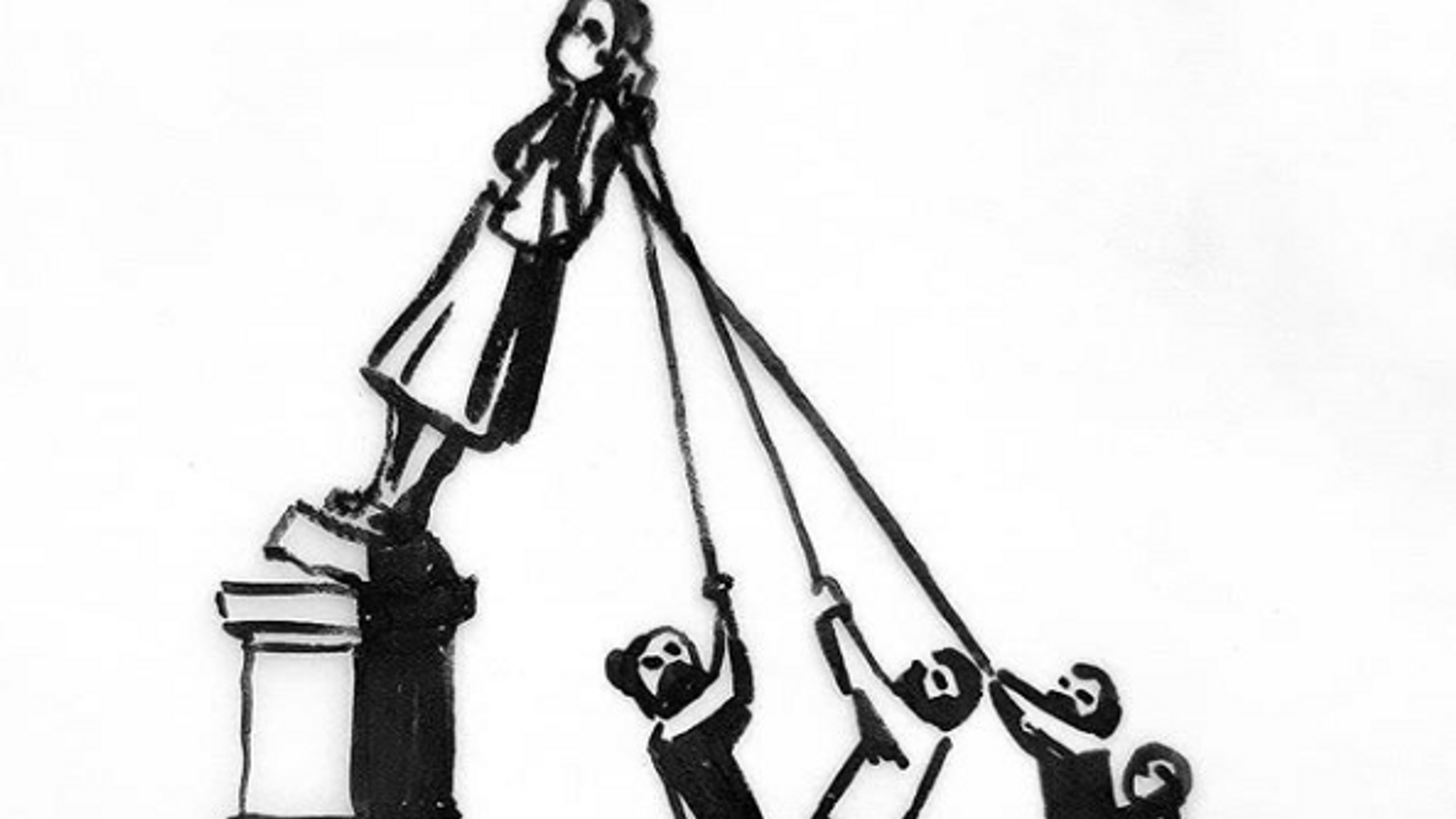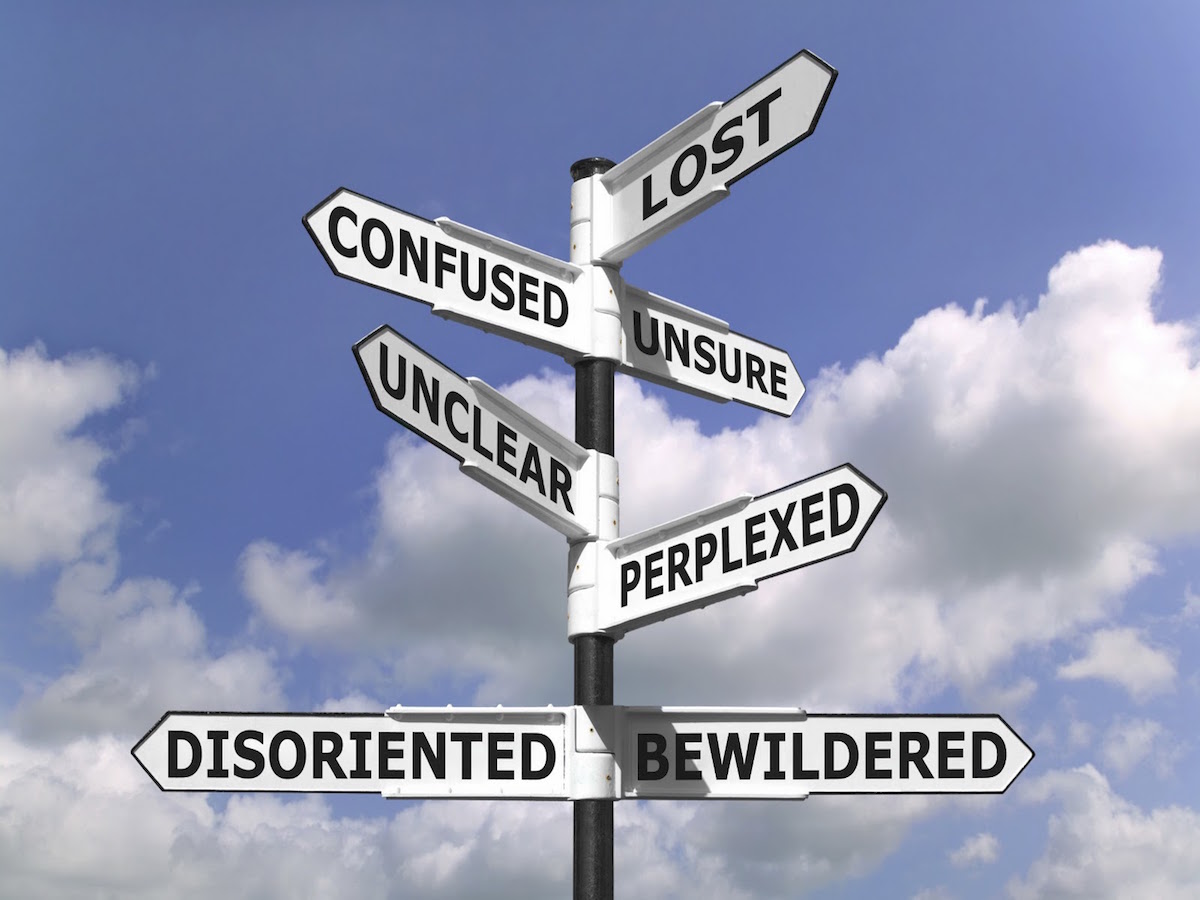A short history of statue toppling

News of Colston’s statue being pulled down spread all over the world – but its nothing new
Crash. Splash. Edward Colston’s statue was roped, rolled and chucked into the sea, to join the thousands of slaves he condemned to the same fate during a Black Lives Matter protest in Bristol last month. Now fished from the Avon and bound for a museum; the ripples caused by this performance of history and protest continues to cross the rough seas of national debate.
We’re seeing history hitting the headlines and I, for one, am glued to the screen.
We’re seeing history hitting the headlines and I, for one, am glued to the screen.
History is the arena in which the harsh realities and structures of the modern day are explored. It’s the process of debate, examination and re-orientation that shapes stories and allows us to understand who were are, how we got here and what is important to us. This process is something that happens continuously; but, in singular moments in time, can erupt as questions of identity sweep across public consciousness and fuel confrontation. Bang. Shatter. Edward Colston was not the first stony face to fall. But statue toppling is a reoccurring phenomenon in history.
Bang. Shatter. Edward Colston was not the first stony face to fall. But statue toppling is a reoccurring phenomenon in history.
Turn the clock back to the fall of the Roman Empire and stories of medieval Christians smashing statues are rampant. Keen to stake their claim over the past as an affirmation of their religious divinity, Christians destroyed icons of Roman gods and rulers to remove symbols challenging their beliefs. Leaving such symbols accessible to the public could result in confusion and, even worse, doubt. So, down Romans relics fell, removing the inconvenient reminders of an “alternative” history.
Christians destroyed icons of Roman gods and rulers to remove symbols challenging their beliefs. Leaving such symbols accessible to the public could result in confusion and, even worse, doubt.
Jump to the 20th century and incidents of statue toppling are as common as the spelling mistakes on Trump’s Twitter feed. Clank. Smack. POW. In Budapest in 1956, the local population grouped together to take part in a monumental event: the fall of Stalin’s statue. Erected with the intention of making the Russian dictator appear approachable and kind, this statue instead became a symbol of Soviet decline. Huddled in the rain, thousands came to watch hammers knock the image of the ruthless leader to the ground, leaving only his boots in place. Interestingly, in videos of this chaotic scene, people stare equally at the statue and the camera. They know they were at the start of something, something important. The Hungarian Revolution surged after this rebellious incident, remembered as the first major threat to Soviet control in the satellite states.
Huddled in the rain, thousands came to watch hammers knock the image of the ruthless leader to the ground, leaving only his boots in place.
In 2003, another epochal statue toppling took place. Protestors pulled down Saddam Hussein’s towering stone figure as the American army invaded Iraq. The country was thereafter plunged into conflict and the government collapsed. This statue toppling had a fierce impact on the nation’s social and political landscape. This moment in world history came to embody modern ideas of power, protest, internalisation and remorse.
More recently, the American South has become a regular stage for statue toppling. In 2017, plans to remove Robert E. Lee’s statue – who was the General of the Confederacy in the Civil war – in North Carolina resulted in successive flare-ups of public anger, and in many cases violence and intimdation. On one hand, groups protested against the celebration of slavery’s champions; on the other, people reacted against removing those who had fought for ‘us’. What ‘us’ means, however, was and is a contentious question. In a country built on immigration, both legally and illegally, the question of ‘us’ is both hopeful and democratic as well as exclusionary and oppressive. It is a question that Americans are still addressing today, particularly following George Floyd’s death.
In a country built on immigration, both legally and illegally, the question of ‘us’ is both hopeful and democratic as well as exclusionary and oppressive.
That brings us to now, and Edward Colston being removed from his pedestal. Statue toppling exists as part of the tides and crashes that change history. It usually marks the beginning of something, as the collective and its consciousness is unleashed. It proves that the collective is powerful when it comes together to assess how history speaks to the values and principles governing the world today, or, in many cases, the world we wants to live in. Swoosh and zoom.
What do you make of statue toppling? Let us know in the comments.








